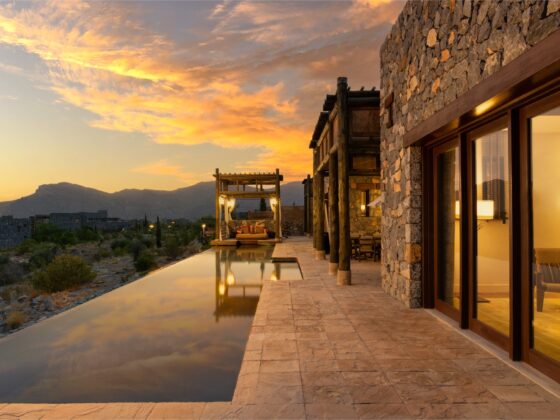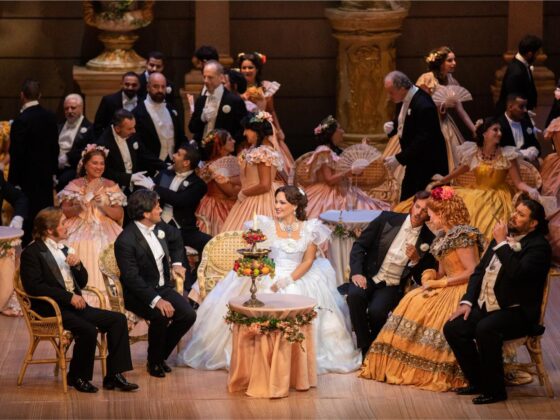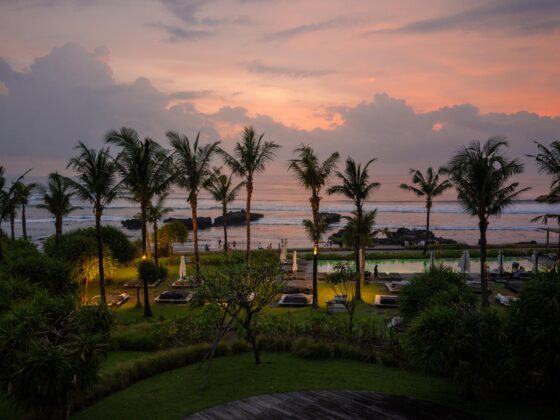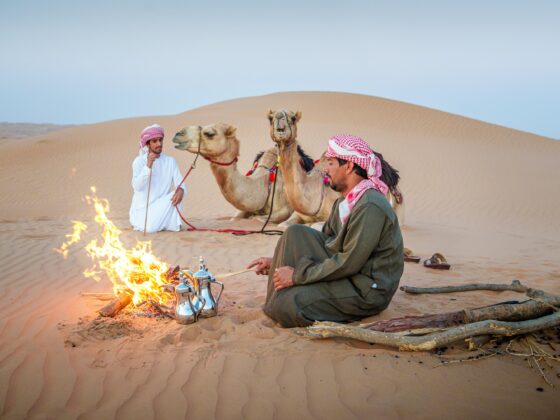by SALIM AL AFIFI
There is a revered traditional market in Nizwa where locals from the nearby communities meet to trade their best produce, livestock, and other goods, in a community-like atmosphere that offers a glimpse into Omani culture.

Known for being one of the oldest markets, in one of the oldest towns in the country, Nizwa Souq has become a profound cultural destination that sits proudly at the top of the list of places to visit in Oman, making it a memorable stop for travellers.
Being originally from Nizwa, exploring the market has always been an exciting ritual for the entire family. Till this day, the souq has maintained its timeless charm, one that tells the story of our beloved heritage, painted on the walls of its muddy coloured alleys.
The market continues to be home to an array of local produce and products such as fruits and vegetables, dates and sweets, Omani spices, pottery, traditional hunting guns, daggers; silverware, souvenirs and antiques, fisheries, and a livestock market that takes place on Fridays.
Perhaps the most exhilarating experience at the souq is found within the livestock market, where locals from remote communities gather to auction their farm animals, mostly cows and goats.
Starting at the earliest hour on a Friday, Omani folks would park their rugged trucks, full of livestock, and begin to pull the cows and other animals out, ready to be auctioned.
The traditional atmosphere that surrounds the market is impeccable, with men yelling out their rates, while others try to compliment their animals in hopes to sell more. The sight has been a norm for the locals for many years, but when tourists visit the market, they are mesmerised by the cultural interactions that take place at the souq.

The auction ends at nine in the morning, so be there as early as 6am to fully immerse yourself in the rich auditory and visual experience.
After enjoying friendly battles of livestock business, head over to grab some fruits and vegetables. There are two places to get your green fix. You can either buy your produce from the Omani gentlemen who sell their produce on the back of their trucks, which you would spot lined up by the streets, or at the dedicated produce section.
Piles of limes, cucumbers, and pomegranates can be found on display. Do not hesitate to spark up a conversation with the friendly locals; they are an absolute joy to deal with. And, you may grab a bargain for a bag of your favourite fruit.
Close to the produce market, there is something sweeter afoot, where a crisp aroma of caramelised sugar fills the air. It is the scent of halwa, a staple of the Omani dessert table, made with sugar, rosewater, dates, nuts, and dry fruits.
Watching Omani men as they stir gigantic pots of halwa is something to marvel at; the sheer artistry involved is priceless, and the dish takes three hours to make. At the souq, you can find stores selling already-packaged bowls for a quick grab but, if you want to get behind the counter, you can stop by one of the halwa factories in Barka.
This dessert isn’t the only sweet offering at the souq as there are stalls with piles of locally grown dates as well. These dense fruits are a symbol of Oman’s heritage, and come in variations including the popular khalas and khunaizi, savoured with Omani cardamom-flavoured coffee.
Both desserts are typically served during times of joy. A bite from this heavenly treat hits all the sweet spots, so never pass an opportunity to indulge in such palatable delicacies.

For a final stop, strut your way to the crafts souq. You will spot the place once you notice beautiful pottery and other goods proudly on display. This part of the market is famous for selling locally made items. The goods are crafted by local connoisseurs of art, whose craftsmanship carries a tremendous amount of cultural representation and pride.
Inside the market, you will find all the popular items from traditional industry including silverware, handmade jewellery, vintage rifles, a variety of khanjars (traditional daggers) and a varied collection of pottery.
The Omani khanjar is simply the creme de la creme of all our traditional goods. It is a symbol of manhood, worn with a leather belt to ornament the gentleman’s national dress. These daggers come in various qualities, depending on the material used. If you have a taste for the finer things in life, then a dagger made of gold should be your pick for a souvenir.











